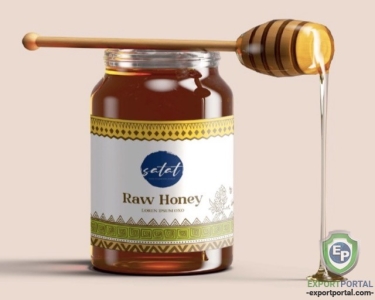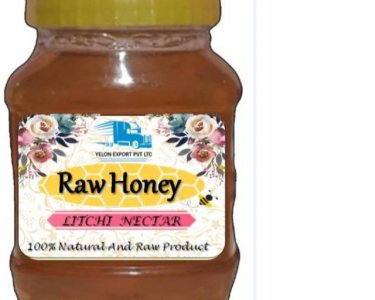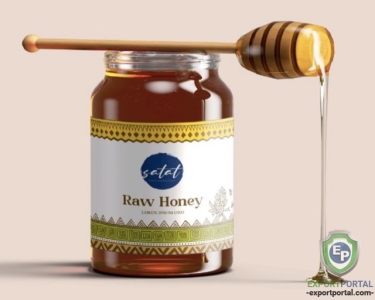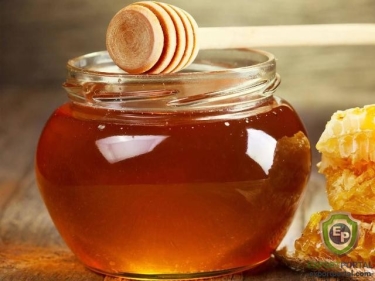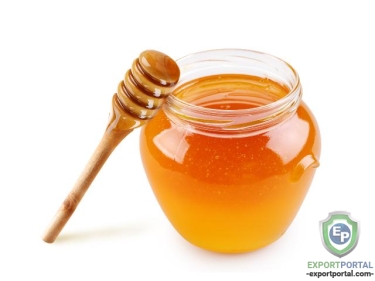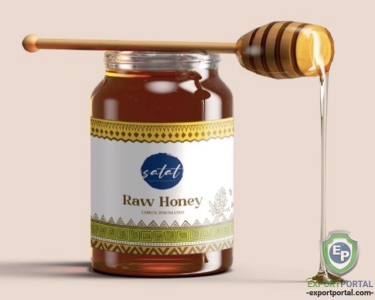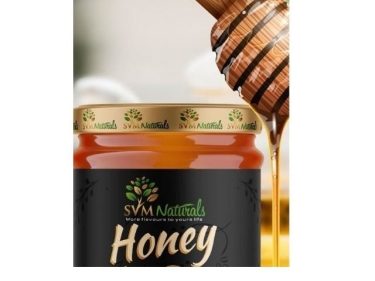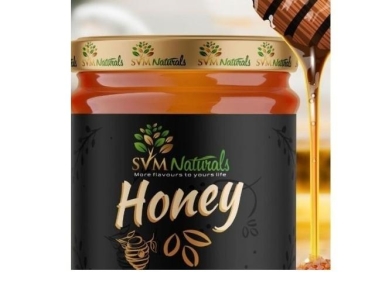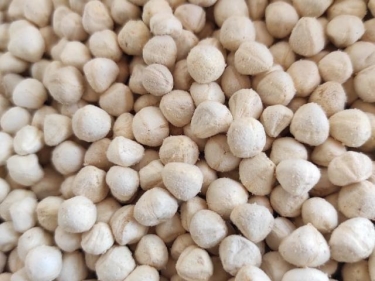Couldn't find the product you want?
Fill out this form to request the product.
Export from India
The economy of India is the 7th-largest economy by market exchange rates, India is one of the world's fastest-growing economies. The long-term growth prospective of the Indian economy is moderately positive due to its young population, corresponding low dependency ratio, healthy savings and investment rates, and increasing integration into the global economy.
India is one of the largest textile exporters. Major agricultural products include rice, wheat, oilseed, cotton, jute, tea, sugarcane, and potatoes. Major industries include telecommunications, chemicals, pharmaceuticals, biotechnology, food processing, steel, transport equipment, cement, mining, petroleum, machinery, and software. Major exports of India include petroleum products, textile goods, jewelry, software, engineering goods, chemicals, and leather manufactures.
The top export partners of India are the United States, the United Arab Emirates, China, Singapore and the United Kingdom. In recent years, India has become one of the biggest refined product exporters in Asia with petroleum accounting for around 20 percent of total exports.
The pharmaceutical industry in India is among the significant emerging markets for global pharma industry.
India has a growing automotive industry as well.
India's top exports are:
- Oil
- Gems, precious metals, coins
- Vehicles
- Machines, engines, pumps
- Organic chemicals
- Pharmaceuticals
- Cereals
- Iron and steel
- Clothing (not knit or crochet)
- Electronic equipment
Import to India
The Indian economy has the potential to become the world's 3rd-largest economy by the next decade, and one of the largest economies by mid-century. Historically, India has classified and tracked its economy and GDP as three sectors - agriculture, industry and services. Agriculture includes crops, horticulture, milk and animal husbandry, aquaculture, fishing, sericulture, aviculture, forestry and related activities. Industry includes various manufacturing sub-sectors. India's definition of services sector includes its construction, retail, software, IT, communications, hospitality, infrastructure operations, education, health care, banking and insurance, and many other economic activities.
India is a member of the Commonwealth of Nations,the South Asian Association for Regional Cooperation,the G20,the International Monetary Fund,the World Bank, the World Trade Organisation,the Asian Infrastructure Investment Bank,the United Nations and the New Development BRICS Bank.
India is heavily dependent on crude oil imports, with petroleum crude accounting for about 34 percent of the total inward shipments. India imports also gold and silver, machinery, electronic goods and pearls, precious stones and semi-precious stones and chemicals. The top import partners of India are China, Saudi Arabia, the United Arab Emirates, Switzerland and Iraq.
Honey has been used by countless cultures all around the world over the past 2,500 years and no wonder! Over its history as a food, the main uses of honey are in cooking, baking, desserts, such as mel i mat, as a spread on bread, and as an addition to various beverages, such as tea, and as a sweetener in some commercial beverages. Honey barbecue and honey mustard are other common flavors used in sauces. Honey is truly a remarkable substance, made even more extraordinary by the process with which it is made. This blend of sugar, trace enzymes, minerals, vitamins, and amino acids is quite unlike any other sweetener on the planet. Also, many honey's health benefits have made it an important element of traditional medicines and scientists also are convinced of honey medicinal value.
Honey has been valued as a natural sweetener long before sugar became widely available in the 16th century. Honey production flourished in ancient Greece and Sicily. Nowadays it's China, Turkey, and Argentina that are the top producers of honey, followed by Ukraine and the United States. Mexico is also an important producer of honey, providing more than 4% of the world's supply. Most of Mexico's Yucatn producers are small, family operations who use original traditional techniques, moving hives to take advantage of the various tropical and subtropical flowers. At Export Portal are presented all the types of honey from all the quality honey producers of the world. We have suppliers of honey from all the countries.
Buying honey can be a tricky process if you don't know what signs of a good hony quality to look fo. We will help you understand what are the indicators of quality of honey.
- High-quality honey can be distinguished by fragrance, taste, and consistency. Ripe, freshly collected, high-quality honey should flow from a knife in a straight stream, without breaking into separate drops. After falling down, the honey should form a bead. The honey, when poured, should form small, temporary layers that disappear fairly quickly, indicating high viscosity. If not, it indicates excessive water content (over 20%) of the product. Honey with excessive water content is not suitable for long-term preservation.
- Crystallized honey, also called "granulated honey" or "candied honey" is not bad, either, it's just honey in which some of the glucose content has spontaneously crystallized from solution as the monohydrate. Honey that has crystallized can be returned to a liquid state by warming.
- Pasteurized honey is honey that has been heated in a pasteurization process which destroys yeast cells. It also liquefies any microcrystals in the honey, which delays the onset of visible crystallization. However, excessive heat during the pasteurization affects appearance - it darkens the natural honey color, changes the taste and fragrance.
We have prepared a classification of honey to help you understand which kinds of honey are there and how they differ. Honey is classified by its floral source, and there are also divisions according to the packaging and processing used. There are also regional honeys. Let's see:
- Usually, honey is classified by the honey's floral source of the nectar from which it was made. Honey is traceable to floral source and therefore region of origin.
- Blended honey means that it is a mixture of two or more honeys differing in floral source, color, flavor, density or geographic origin.
- Polyfloral honey, also known as wildflower honey, derives from the nectar of many types of flowers. The taste may vary from year to year, and the aroma and the flavor can be more or less intense, depending on which bloomings are prevalent.
- Monofloral honey is made primarily from the nectar of one type of flower. Different monofloral honeys have a distinctive flavor and color.
- Honeydew honey is made when instead of taking nectar, bees take honeydew, the sweet secretions of aphids or other plant sap-sucking insects. Honeydew honey is very dark brown in color, with a rich fragrance of stewed fruit or fig jam, and is not as sweet as nectar honeys.
There is also a classification of honey by packaging and processing you should be aware of when buying honey. Generally, honey is bottled in its familiar liquid form, but can be sold in other forms, as well it can be subjected to a variety of processing methods.
- Raw honey is honey as it exists in the beehive or as obtained by extraction, settling or straining, without adding heat - although some honey that has been "minimally processed" is often labeled as raw honey. Raw honey contains some pollen and may contain small particles of wax.
- Filtered honey is very clear and will not crystallize as quickly, making it preferred by the supermarket trade.
- Ultrasonicated honey has been processed by ultrasonication, a non-thermal processing alternative for honey. When honey is exposed to ultrasonication, most of the yeast cells are destroyed.
- Creamed honey, also called whipped honey, spun honey, churned honey, has been processed to control crystallization. Creamed honey contains a large number of small crystals, which prevent the formation of larger crystals that can occur in unprocessed honey. The processing also produces a honey with a smooth, spreadable consistency.
- Dried honey has the moisture extracted from liquid honey to create completely solid, nonsticky granules. This process may or may not include the use of drying and anticaking agents. Dried honey is used in baked goods, and to garnish desserts.
- Comb honey is honey still in the honeybees' wax comb. It traditionally is collected by using standard wooden frames in honey supers. The frames are collected and the comb is cut out in chunks before packaging. As an alternative to this labor-intensive method, plastic rings or cartridges can be used that do not require manual cutting of the comb, and speed packaging. Comb honey harvested in the traditional manner is also referred to as "cut-comb honey".
- Chunk honey is packed in widemouth containers consisting of one or more pieces of comb honey immersed in extracted liquid honey.
Now you know everything there is to know about honey and can start choosing a variety of honey to buy from our online food and agricultural produce market. We have all the best honey presented: buy organic honey, buckwheat honey, acacia honey, medical honey, honeycomb honey, find white honey and wildflower honey, unpasteurized honey or unprocessed honey, buy local honey in your country, choose clover honey and chestnut honey and all other kinds!
Customs requirements of India
Indian Customs Contact Information
Website: http://www.cbec.gov.in/
Email: jain.ajay@nic.in
Address: Custom House, near all India Radio, Navrangpura, Ahmedabad-380 009
Telephone: +91 27544630
India is a country situated in South Asia bordered by the Indian Ocean, the Arabian Sea, the Bay of Bengal, Pakistan, China, Nepal, Bhutan, Myanmar and Bangladesh. It is a member of the East Asia Summit, World Trade Organisation, International Monetary Fund, Asian Infrastructure Investment Bank and South Asian Association for Regional Cooperation (SAARC).
Import Procedure:
In case of Electronic Data Interchange no formal Bill of Entry is filed as it is generated in the computer system, but the importer is required to file a cargo declaration having prescribed particulars required for processing of the entry for customs clearance. In case of non-EDI more documents are also generally required.
Green Channel facility
Some major importers have been given the green channel clearance facility. They have to make a declaration in the declaration form at the time of filing of Bill of Entry. The appraisement is done as per normal procedure except that there would be no physical examination of the goods. Certain goods are prohibited under Foreign Trade.
The average customs duty is around 15%. Alcohol, wines, pet foods, some processed food products, and some manufactured goods are attracting higher customs tariff; however the tariff rate keeps on changing although the general trend is downwards. Some customs preferences are granted to certain goods imported, subject to conditions. You can consult a list on the website of the Ministry of Finance of India. Preferential rates also apply to imports from those countries with which India has signed special Trade Agreements.
Export Procedure:
For clearance of export goods, the exporter or his agents have to undertake the following formalities:-
Registration
The exporters have to obtain PAN based Business Identification Number (BIN) from the Directorate General of Foreign Trade prior to filing of shipping bill for clearance of export goods.
The exporters are also required to register authorised foreign exchange dealer code (through which export proceeds are expected to be realised) and open a current account in the designated bank for credit of any drawback incentive.
Whenever a new Airline, Shipping Line, Steamer Agent, port or airport comes into operation, they are required to be registered into the Customs System.
The exporters intending to export under the export promotion scheme need to get their licences/DEEC book etc, registered at the Customs Station.
Processing of Shipping Bill
In case of export by sea or air, the exporter must submit the 'Shipping Bill', and in case of export by road he must submit 'Bill of Export' in the prescribed form containing the prescribed details such as the name of the exporter, consignee, invoice number, details of packing, description of goods, quantity, FOB value, etc. Along with the Shipping Bill, other documents such as copy of packing list, invoices, export contract, letter of credit, etc. are also to be submitted.
Let Export Order
After the receipt of the goods in the dock, the exporter may contact the Customs Officer designated for the purpose and present the checklist with the endorsement of Port Authority and other declarations along with all original documents. Customs Officer may verify the quantity of the goods actually received and thereafter mark the Electronic Shipping Bill and also hand over all original documents to the Dock Appraiser, who may assign a customs officer for the examination of the goods. If the Dock Appraiser is satisfied that the particulars entered in the system conform to the description given in the original documents, he may proceed to allow "let export" for the shipment.
Product certification, labelling and packaging
Labelling
Outer containers should bear consignee and port mark and be numbered (to accord with packing list) unless their contents can be otherwise readily identified. Gross weight must be shown on two faces.
Packaging
Packing should be strong and should guard against extreme heat and humidity in summer and possible storage in the open and pilferage. Steel strapping is recommended.
Special certificates
Livestock imports must be accompanied by a sanitary certificate issued and certified by an approved authority in the country of origin.
Plants, plant products and leaf tobacco require phytosanitary certificates issued by an approved authority in the country of origin and certified by an approved organisation.
Additionally, leaf tobacco must be accompanied by a special certificate stating that the tobacco is free from ephestia elutella or that the pest does not exist in the country of origin. Any shipment of tobacco leaf arriving without the above certificate will be examined by an Indian Government inspector and a fee charged.
Used clothing requires a certificate of fumigation issued by an approved authority in the country of origin.
Port wine requires a certificate indicating alcoholic content and spirits may need a certificate of maturity.
Documents for import/export:
Commercial invoice
A minimum of 4 copies is required and must be signed by the supplier in exporting country. The invoice must show details such as:
- country of origin
- consignee's name
- number and date of letter of credit and import licence number
- terms of payment
- name of carrier
- number
- description and identifying marks of outer containers
Insurance
Bill of lading
Minimum of two copies normally required. To Order bills are also acceptable.
Freight charges must be stated separately and quantities must be indicated in metric terms.
Import reference number and letter of credit number are to be shown.
Must indicate the name and address of the applicant and the issuing bank.
Packing list
Certificate of origin
Issued by local Chamber of Commerce (three copies normally required).
Sources:
http://www.dov.gov.in/newsite3/clearance_procedure.asp
http://howtoexportimport.com/Export-customs-clearance-procedures-and-formalitie-146.aspx
http://www.quantaco.com/download/Bonnici%20India%20PRESENTATION.pdf
